Sets are used to define the concepts of relations and functions. We are going to study about different types of sets, venn diagrams, and operations on sets.
In mathematics, a set is a collection of distinct objects, considered as an object in its own right. For example, the numbers 2, 4, and 6 are distinct objects when considered separately, but when they are considered collectively they form a single set of size three, written {2,4,6}.
The different types of sets are explained below with examples.
Empty Set or Null Set:
A set which does not contain any element is called an empty set, or the null set or the void set and it is denoted by ∅ and is read as phi. In roster form, ∅ is denoted by {}. An empty set is a finite set, since the number of elements in an empty set is finite, i.e., 0.
For example: (a) The set of whole numbers less than 0.
(b) Clearly there is no whole number less than 0.
Therefore, it is an empty set.
∅ ≠ {0} ∴ has no element.
{0} is a set which has one element 0.
The cardinal number of an empty set, i.e., n(∅) = 0
Singleton Set:
A set which contains only one element is called a singleton set.
For example:
• A = {x : x is neither prime nor composite}
It is a singleton set containing one element, i.e., 1.
A set which contains a definite number of elements is called a finite set. Empty set is also called a finite set.
For example:
• The set of all colors in the rainbow.
Infinite Set:
The set whose elements cannot be listed, i.e., set containing never-ending elements is called an infinite set.
For example:
• Set of all points in a plane
source









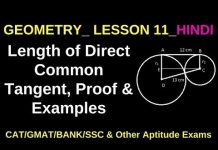

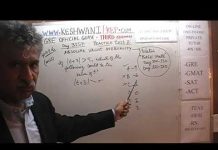

![CY_GATE_2019_PHYSICAL_SPECTROSCOPY_[ELECTRONIC_BASIC]_All IN ONE_[Short_Trick]_2018-19_PART_1ST - Videos](https://trends.edugorilla.com/wp-content/uploads/sites/8/2018/08/cy_gate_2019_physical_spectroscopy_electronic_basic_all-in-one_short_trick_2018-19_part_1st-218x150.jpg)
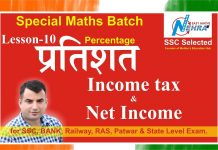


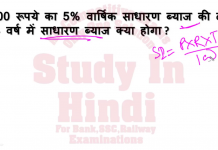
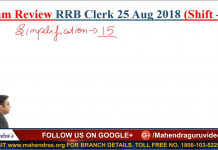
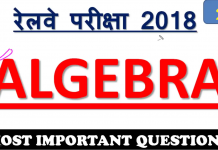
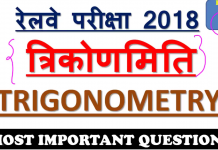
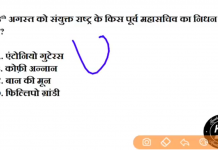
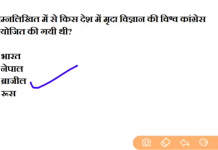
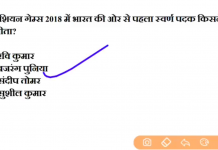





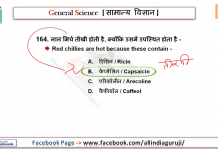


![24 August 2018 – The Indian Express Newspaper Analysis हिंदी में – [UPSC/SSC/IBPS] Current affairs - Videos](https://trends.edugorilla.com/wp-content/uploads/sites/8/2018/08/a520-218x150.png)
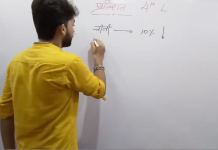



Nice
Thanks sir next video kb aayega